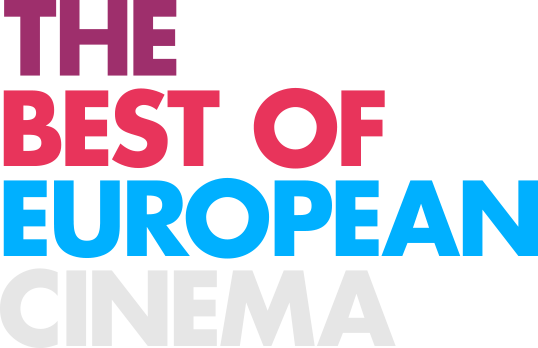"I like it when there is a strange side to reality and I like to accentuate that"
The short film Sourdough (Lievito Madre), made by young Roman director Fulvio Risuleo, won joint third jury prize from the Cinéfondation at Cannes, together with The Bigger Picture by British Daisy Jacobs. Sourdough, Risuleo’s graduating film at the experimental cinema centre in Rome (Centro Sperimentale della Cinematografia di Roma), tells the story of a couple in love - Anna and Dino – whose idyllic daily routine is interrupted by a ball of sourdough found inside an old piano that Dino has brought home to repair. The ball of dough, left to sit in a vase, grows every day and moves, to the rhythm of Anna’s singing and to the rhythm of the couple’s bodies in the bedroom. Dino is bewitched by the dough, and the need to manipulate it becomes increasingly urgent. Anna, alarmed, will have to start taking steps to counter this… Cineuropa met up with Fulvio Risuleo at Cannes.
Cineuropa: During the Cinéfondation award ceremony, you expressed the wish that Italy make more horror and genre films, as opposed to simply comedies and realist films. Could you explain why?
Fulvio Risuleo: In general, there aren’t that many cinemagoers in Italy. Films that are neither comedies nor realist ones are rarely made in Italy and if they are made, they are badly made and people do not go to see them. What is missing, I think, is the capacity to involve the public, with products that aren’t commercial, that are more independent, experimental, which use different languages. Even in school, I found it difficult to put my ideas forward when they included fantasy elements, even if they were never extreme. I was told “no, because in Italy we don’t do things like this” – and no one would remember that Italy is also Calvino, the legends that Garrone is bringing to the cinema, the work that Bergonzoni is bringing to the theatre scene… There is little open-mindedness when it comes to Italian cinema culture, I think…
What drove you to tell this story? And what were the influences in terms of the writing and making of Sourdough?
I liked the idea of introducing food into the story. Beyond the culinary aspect or the question of survival, food is a big part of Italian culture and you can tell Italy’s whole story with food. I liked the idea of not starting from a character or a structure, but from food, and making the story evolve along the rhythm of fermentation. The idea was rooted in reality, seeing my sister and her boyfriend who were making sourdough and taking care of it every day at home, making their entire schedule around it. I like it when there is a strange side to reality and I like to accentuate that. From an aesthetic perspective, I am more inspired by art than cinema: animation, illustration and pictures. Especially Roland Topor. And then the fantasy literature of Cortázar.
How did you make the yeast’s movements come to life?
I used old fashioned techniques. There is no robot involved, because we could not afford one, and the yeast was moved with eight long-distance strings. The person who made it is called Luigi D’Andrea, a young special-effects man who is working with Garrone, and who I trust a lot. These eight pieces of string enter into a metallic structure covered in real dough. This made the entire thing more believable. If we had used 3D, I would not have had the same result because we could not have used it properly. In one of the last scenes, during which the actor works the dough like it is an animal, the special-effects man was controlling the dough and the actor did not actually know what the dough was about to do. The scene is very credible. As for the bubbles, the special effects man blew into his mouth and then used a compressor. We maintained a certain degree of balance, something real could not become animalistic, because then it would have transformed into the ridiculous. The public already laughed more than I had expected, even if most of those moments of laughter were because of humour and nonsense entertainment.
30 May 2014, by Fran Royo






